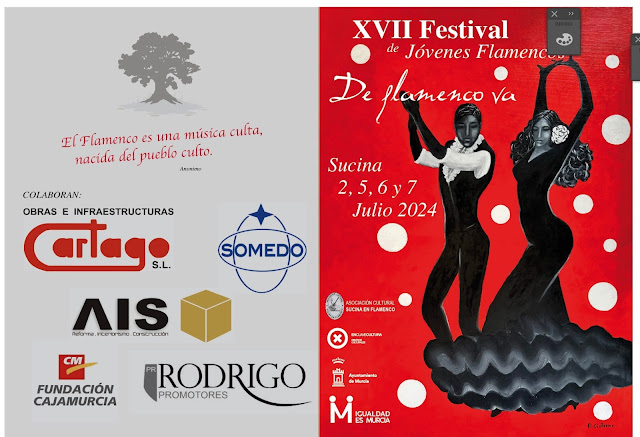Versión en español
On June 18, 2024, the Andalusian edition of the newspaper El Mundo published an article signed by Esther Gómez, which is reproduced below. You can read the original in this link. Unfortunately, we believe that most of the described situations also occur at Hacienda Riquelme. Read it and make your own opinion.
Outraged residents of the Costa del Sol unite to put an end to the "abuse of power" of the presidents of their homeowners' communities
Horizontal Property Law, the target of the newly born Association of Neighbourhood Community Victims
Tired of not having a say in their own homes and of their role being limited to paying for the decisions made by others, a group of homeowners have decided to take a stand, join forces and form an association to defend their rights and put an end to the "abuse of power" of the presidents and administrators of their communities of owners.
They got together, chose a name -Asociación de Perjudicados en Comunidades de Vecinos (APERCOVE)-, drew up their statutes and made themselves visible on social networks. The initiative, which started with around thirty property owners on the Costa del Sol in Malaga, has already been joined by residents from other Spanish provinces such as Almería, Madrid and Aragón.
For them, reforming the Horizontal Property Law (LPH) and adapting it to the reality of today's communities of owners is fundamental. The cases of corruption in the area of homeowners' associations that have come to light recently, such as the administrator from Cordoba sentenced to three years in prison for keeping the money of a community for 13 years, or abuses such as the Madrid administrator who walled up a neighbour's car because he considered that the parking space was not his, show that something is not going well and that there is a problem to be solved, they say.
The LPH has "a lot of loopholes and it has to change", says Elisa Álvarez, president of the recently formed Association of People Affected by Community of Neighbours. "Neighbours are totally defenceless in the face of the lack of scruples that some presidents and community administrators have shown", under the protection of a law that has become "completely obsolete" and which allows them to act with "absolute impunity", she laments.
Presidents such as that of Torre Bermeja (Estepona), who is paid more than Pedro Sánchez and who has just raised his salary to 103,000 euros with the approval of the administrator, Ted Kessels, or that of Cabopino (Marbella), who has hired a personal assistant at the suggestion of the administration, Servicios Alcántara, have been "entrenched in office for several decades and do what they want", Alvarez points out.
In these urbanisations, "kidnapped" and at the mercy of the private interests of those who should look after the community's interests, the president and administrator are reluctant to give up their positions and with it the benefits that come from being in charge of residential estates where "very important budgets are managed with minimal controls" and where an accounting audit is practically impossible, according to APERCOVE. Just as impossible as hiring a company other than the one chosen by the administration.
INDIGNANT NEIGHBOURS
"The neighbours are outraged," says Álvarez, because "no alternative budgets are asked for, there is no negotiation about the convenience or otherwise of the costs, and they always pay above the market price. Meanwhile, our blocks are deteriorating little by little,", she adds.
"They have been living in our communities for years, which they have turned into their own private chiringuitos and where they have an endless vein of money," explains the president of Apercove. Moreover, she stresses, "they block any initiative that does not interest them thanks to majorities that they achieve with voting delegations", especially from those who live abroad, says Álvarez, who questions the validity of these delegations.
In the best of cases, voting proxies are exchanged for favours such as cleaning the flat, handing over the keys to a tenant or repairing damage to the property, activities that end up being carried out by the block's own employees during working hours, denounces the president of Apercove.
And in the worst cases, she adds, old proxies are used or votes are cast on behalf of owners who have not given their authorisation to do so. "Most of them don't know about it because they don't go to the residents' meeting and then they don't even read the minutes," says Álvarez.
At Apercove they are aware of this - he assures - and although on more than one occasion they have gone to court, "justice is slow and expensive" and while the affected owner must challenge the agreements "putting money out of their own pocket", the administrator and president go to court with the lawyer paid by the community.
In the end, the damaged neighbour, who is branded as a troublemaker in the eyes of the rest of the neighborhood, is ignored and isolated, ends up giving up and ends up selling and leaving, egrets the president of the organization.
You can read other articles about APERCOVE and this issue in the following links:
Diario Sur
Al Sol de la Costa
Marbella 24 horas
Infobae
La Opinión de Málaga
Related posts
Questions to be answered
A key elections
Los Estorninos Homeowners Association












%2B(1280x960).jpg)









.jpg)













